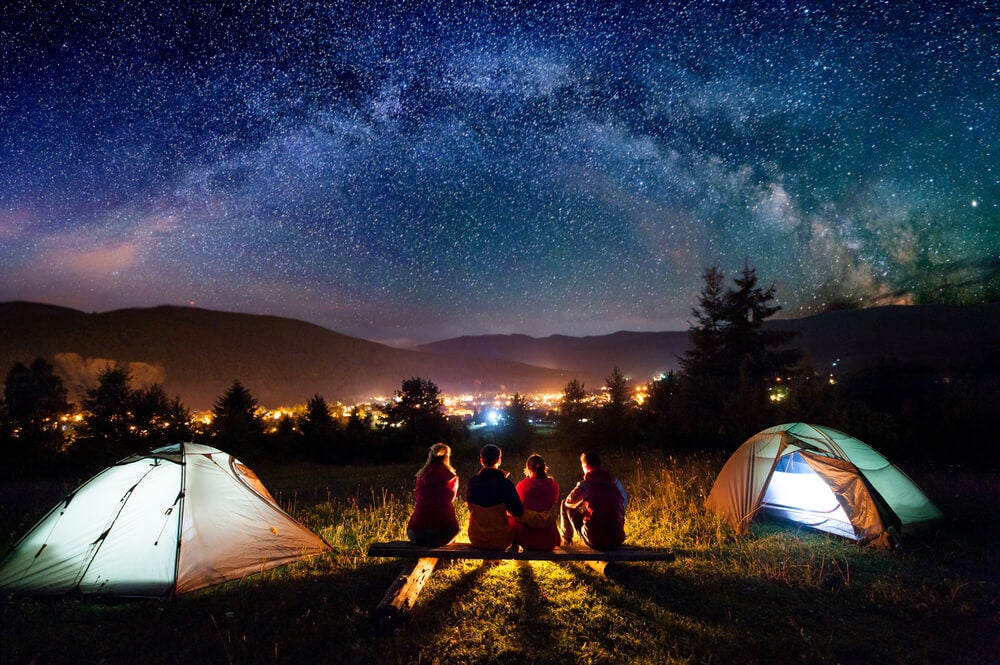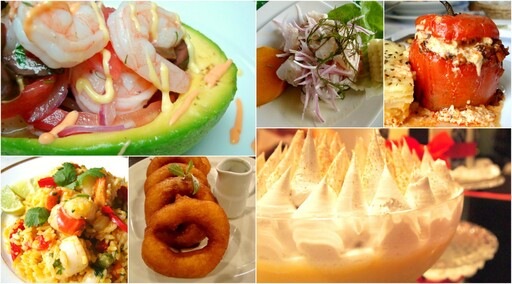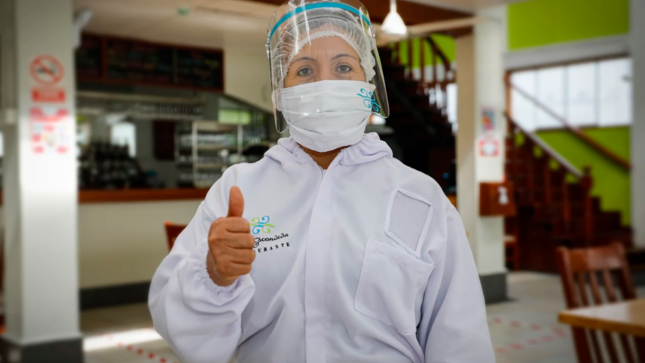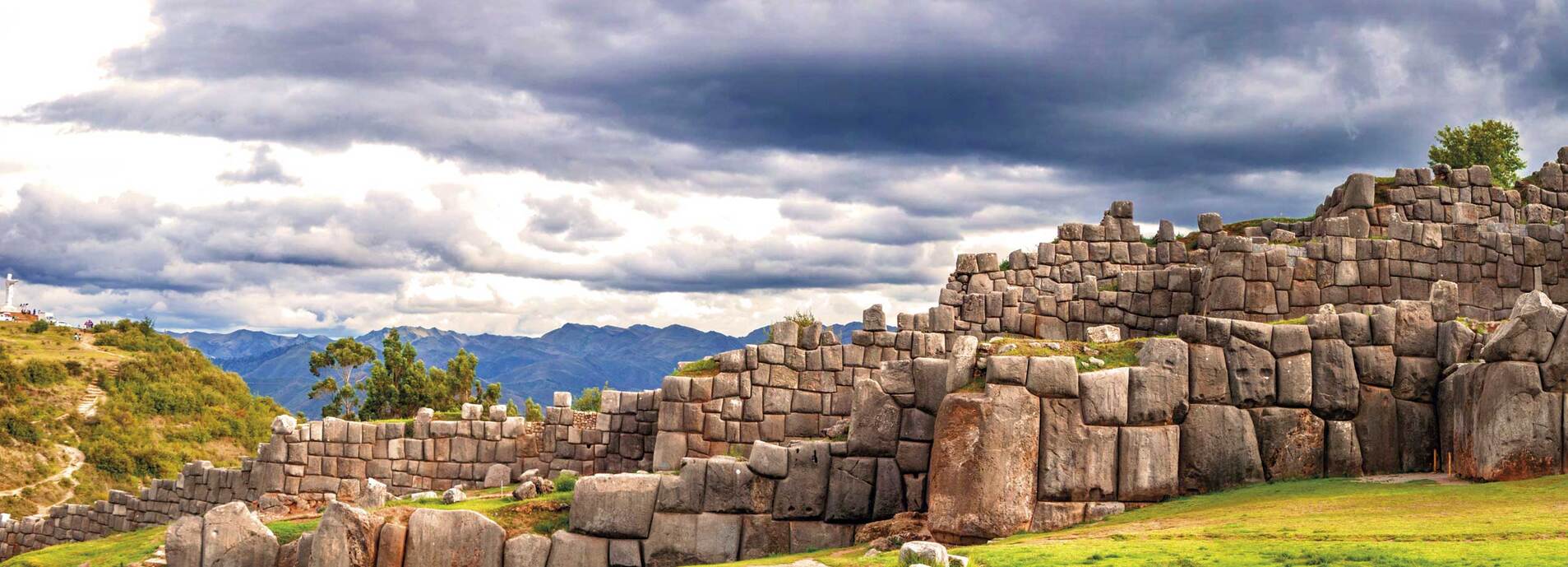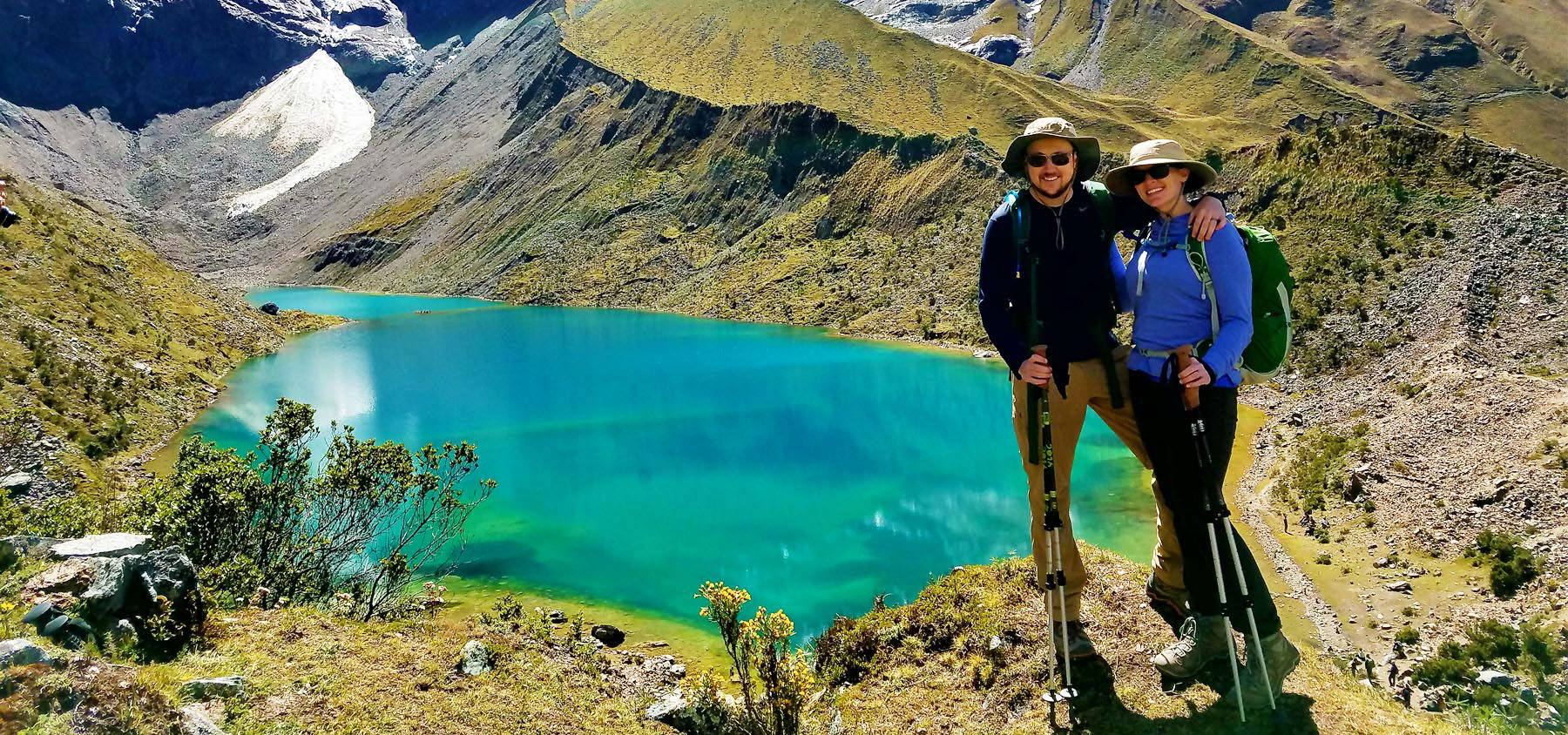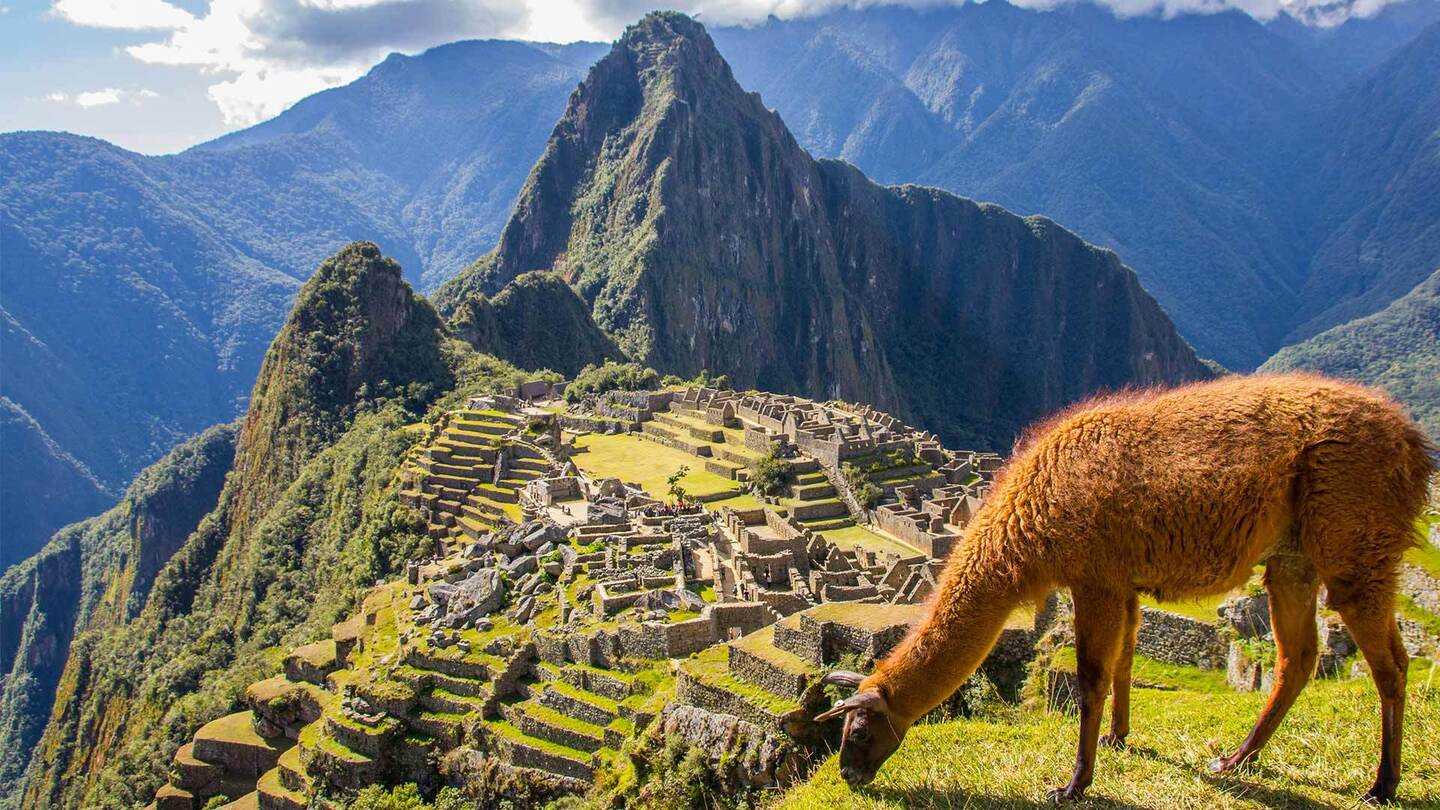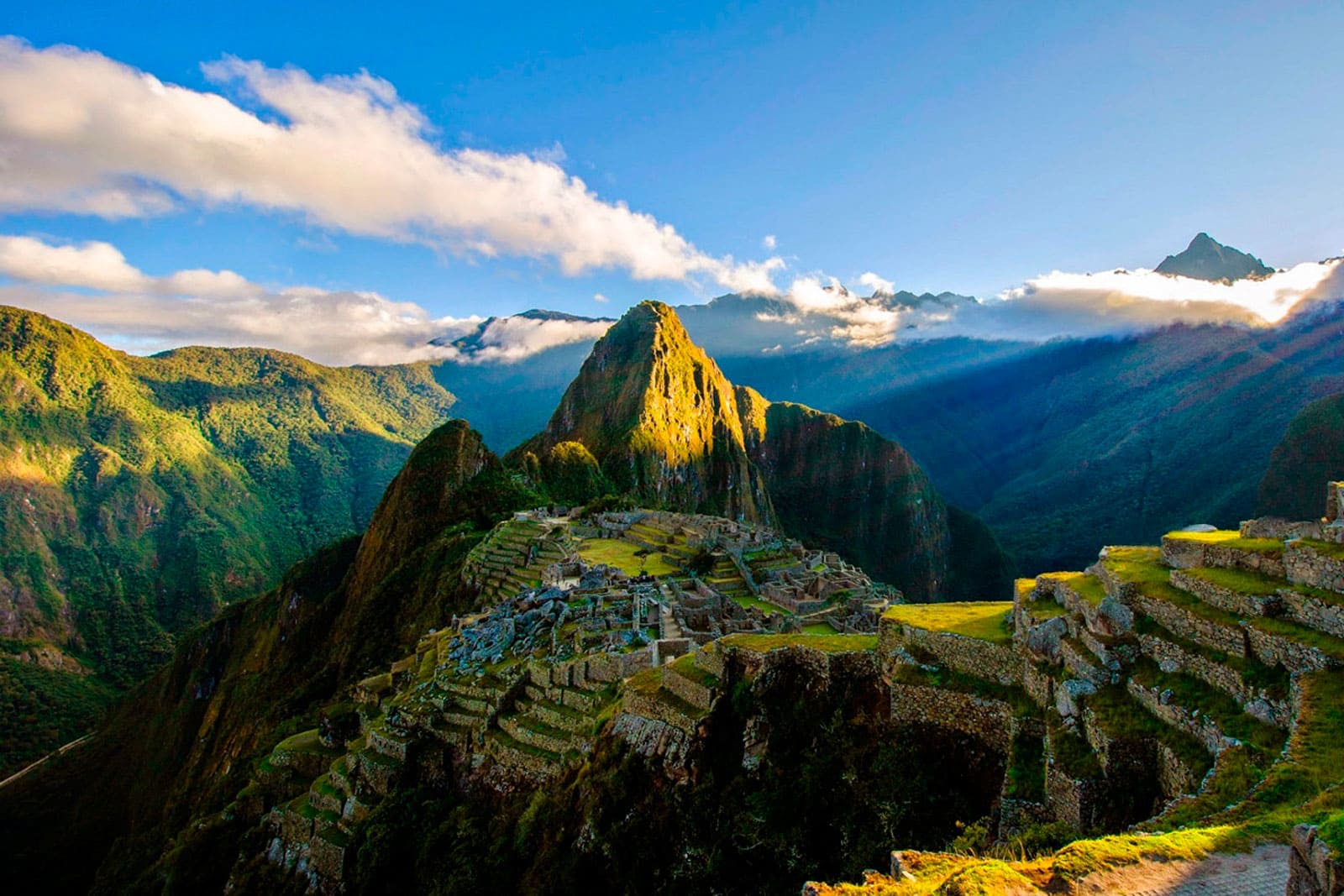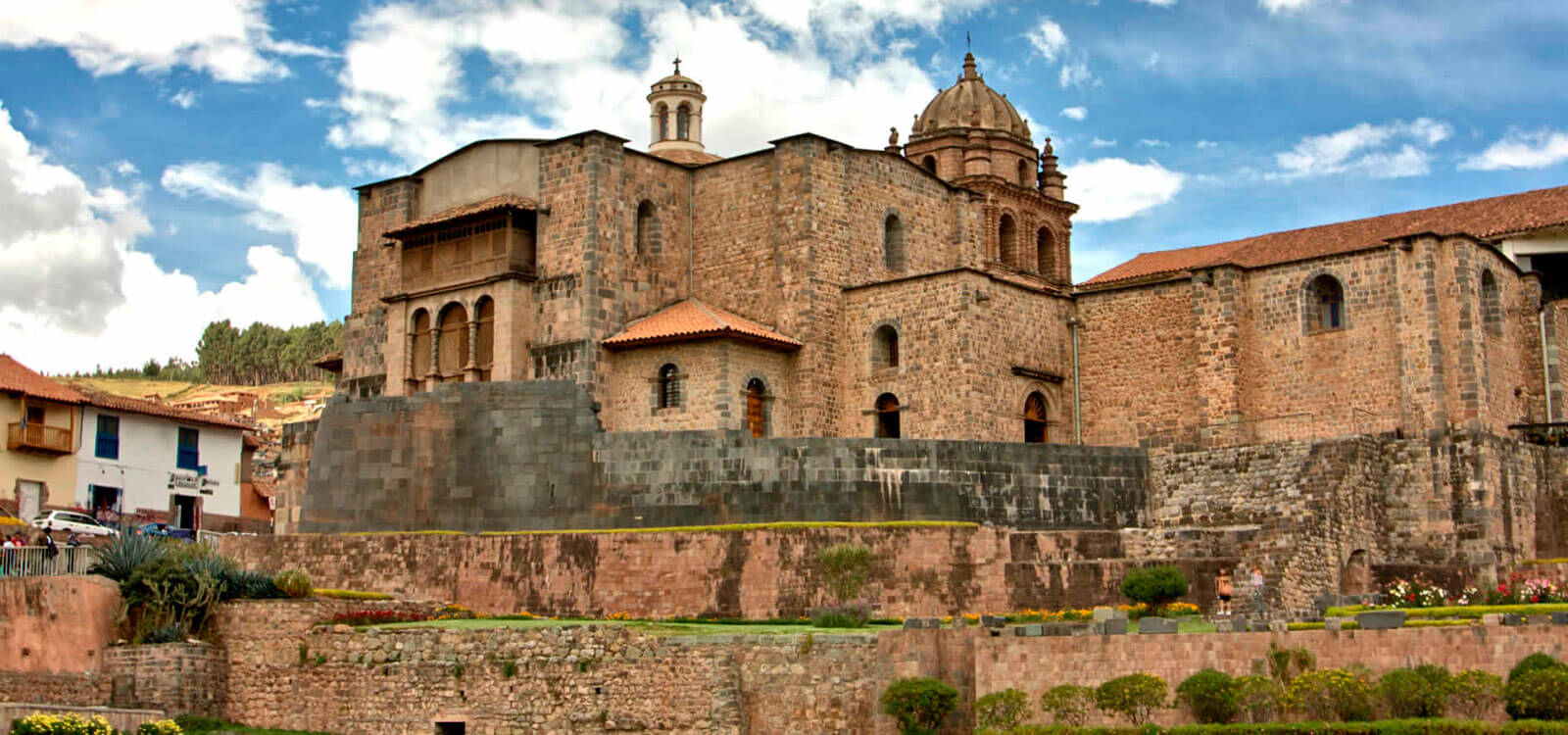Group Size
15 people
Difficulty
Easy
Recommended dates
All year
Duration of the Tour
Half Day
South Valley (Half Day)
Half Day
This Valle Sur tour including Tipon, Pikillaqta and Andahuaylillas it is a great opportunity to visit the non visited sector in Cusco, with beautiful lakes and villages, we have daily departures in our private guided tours, you can just book at our Office or by e-mail. Also you can find the best places where Cuzqueños eat Cuy al horno -Guinea pig.
Tour Location
Type of Tour
Place of Departure
Place of Return
Departure Time
Return Time
- From
- $55.00
Price per person
$55.00
Why book with us?
“A 100% local agency and created by guides with a lot of guiding experience.”
Tour Details
- Tour Itinerary
Stop At: Tipon, Cusco Peru
Tipon is a 500-acre site near Cusco that is built around a spring. Although in many Peruvian ruins there is evidence of irrigation channels and constructions, Tipon is one of the only places where the irrigation system is still fully functional, with water flowing all year round (even in the dry season). In fact, Tipon has been touted as a masterpiece of water management, and the American Society of Civil Engineers has put Tipon on its list of International Historic Civil Engineering Landmarks. The actual reason and historical use for Tipon is (as with many Peruvian ruins) not entirely known; it is surmised that it was constructed as part of a country estate for Inca nobility. Some of the finely cut stones and trapezoidal doors and windows imply an imperial air that was reserved for royalty. Others suggest that Tipon was an agricultural lab (similar to Moray), since the many terraces of Tipon contain different micro-climates that would have been useful for testing various crops. Others yet suggest that Tipon was a ritual garden, with the terraces constructed in a way that actually channels not only water, but also spirit and energy, from the surrounding mountains and springs into the crops that were likely grown on the terraces.
Duration: 1 hour
Stop At: Pikillaqta, 20 km East of Cusco, Cusco 08003 Peru
Pikillacta was built by the Wari people around 800 AD and used for approximately 2000 years before it was taken over by the Incas who modified it to suit their needs. Pikillacta is considered to be one of the main cities of ancient Peru with over 700 buildings, yet very little is known about the Wari culture. It’s a great example of early engineering knowledge as the site is geometrical in design, divided into blocks and arrow straight streets. Most buildings were two or three storeys high, and unusual in that access to them appears to have been by ladders to the upper floors rather than having a ground floor entrance. The complex is spread over at least 50 hectares, with tens of hectares more still to be unearthed. Pikillacta is still being excavated, and it was exciting to see a new and unfamiliar part of history being discovered with archaeologists working on site right in front of us. The original name of the city is sadly unknown, and the current label of ‘Pikillacta’ actually comes from two Quechua words. “Piki” which means “flea”, and “llacta” which means “city”. Thus, it’s called “Flea City”. The origins of this bizarre name are not known for sure, but some scholars think that the Incas used this term as a derogatory reference to what they saw as an inferior culture.
Duration: 1 hour
Stop At: San Pedro Apostol de Andahuaylillas, Calle Tacna No 302, Andahuaylillas 08210 Peru
The actual chapel started to building in 1610; nevertheless it’s a general belief that there was a little church built above an ancient Inca temple in the end of the XVI century. The chapel harbours artistic walls and valuable colonial paintings. Still we can observe some remains of the Inca architecture. In the main altarpiece stands the Saint of the village: La Virgen del Rosario. Among the walls you can find the portrait of the only women that has ruled the Catholic Church between the years 855 – 857; the Pope Joan. Besides of many walls with evangelizing purposes, even images showing the paradise and hell, and texts in 5 languages such latin, quechua, aymara and puquina, native languages from the surrounding regions. On many walls you will see several painting layers, painted in different eras; as a valuable testimony from the history and religiousness of the modern Andean and South American culture. Andahuaylillas organs are the oldest of Latin America. Both are situated in the high choir, one in each side. They were made in the XVII century and were restored recently; they are used for Sunday masses. This chapel features one of the best and varied decorations in the world, for its artistic value as well as its cultural value. A few minutes from the village is located the wetlands of Lucre-Huacarpay, one the most important ecosystem types in Cusco, it harbours up to 120 bird species (between local and migratory), they can be spotted for the most of the year. Also you might visit other places like crafts workshops, the Q’ewar Project, a cooperative that makes distinctive dolls in traditional costumes, the main products stores of the community and the eclectic Museo Ritos Andinos, as well the Qoriorcco’s cow house if you want to get some fresh milk; and finally get some delicious wheat tiny breads and sweets.
Duration: 1 hour
- Includes / Does not include
- Includes
- Does not include
- Recommendations
- Additional Information
- Photo Gallery
- Reviews
South Valley (Half Day)
Please fill out our BOOKING FORM carefully with your correct personal information.
The Andes Peru Difference
Andes Peru Tour & Adventure is a 100% Peruvian, indigenous owned company. Founded by a family unit and tour guides, Andes Peru is distinguished by its dedication to both our clients and our team. We work very hard to ensure that all of our clients’ needs are met throughout the tour. At the same time, we never forget our brothers and sisters who work tirelessly for us to make it all possible. Responsible and sustainable tourism that brings as much to our community as it does to our clients.

